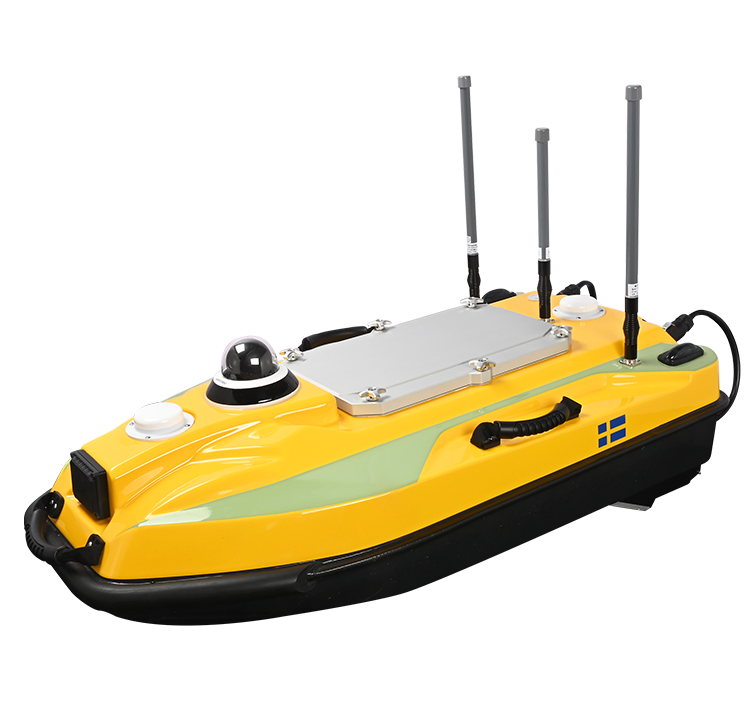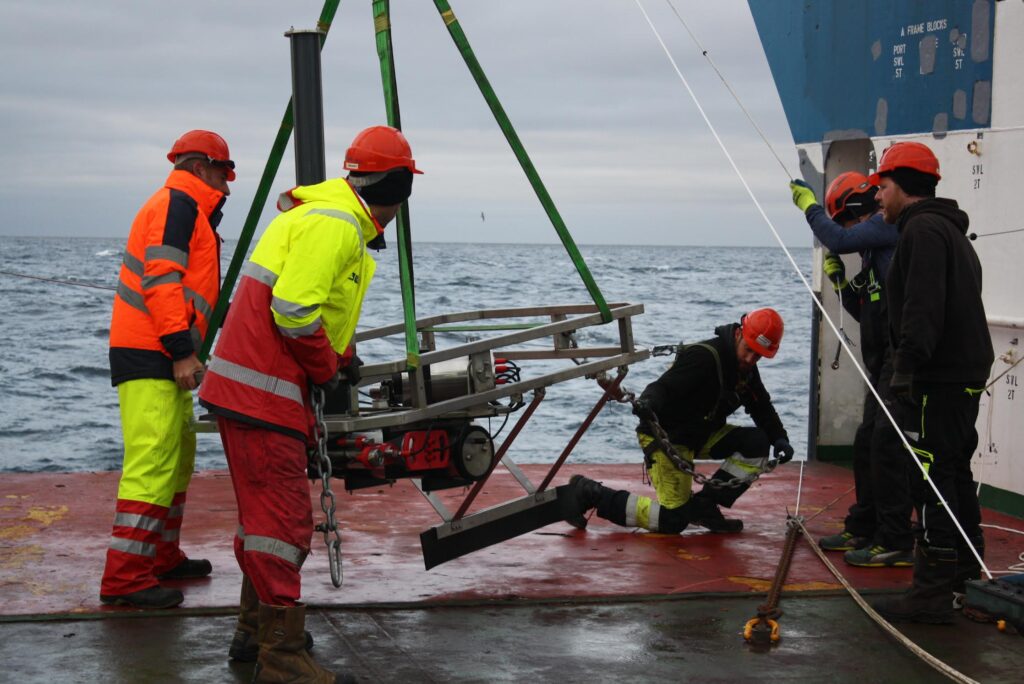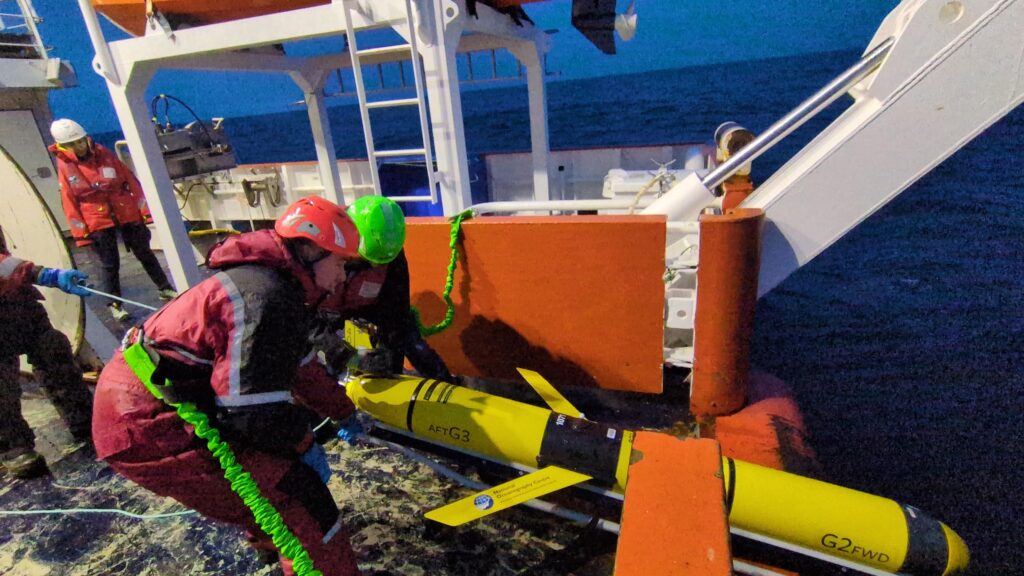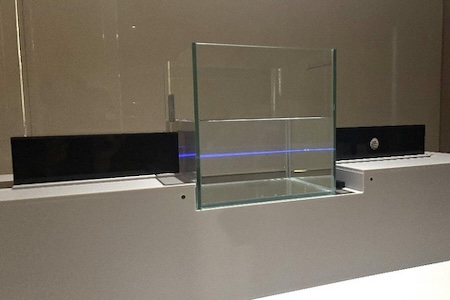
Autonomous Marine Systems
Discover cutting-edge solutions from 8 leading global suppliers
The UK’s National Oceanography Centre (NOC) has deployed a fleet of ocean robots and instruments to the depths of the Labrador Sea as part of a year-long experiment.
The ReBELS project (Resolving Biological Carbon Export in the Labrador Sea) is investigating the biological carbon pump, a key ocean process that helps remove carbon dioxide from the atmosphere and store it in the deep sea, without it atmospheric CO₂ would be 50% higher.
Using a combination of moored sensors, drifting profiling floats and autonomous underwater vehicles, the project seeks to understand how carbon-rich particles sink through the water column and how physical ocean processes, such as deep convection currents, might enhance carbon storage in this remote and understudied region.
A key innovation in the project is the FluxCAM, a novel marine snow camera system designed to measure the sinking speeds of different-sized particles, reducing uncertainties about how much carbon the ocean absorbs from the atmosphere.
Two FluxCAMs were installed on a deep-sea mooring in the Labrador Sea, between Newfoundland and Greenland, last year, along with a specially programmed drifting profiling float. These have now been joined by autonomous underwater gliders, which will measure ocean properties and carbon flux over the next five to six months.

Dr Filipa Carvalho, the Project Lead at NOC, commented, “The biological carbon pump plays a crucial role in regulating Earth’s climate. Microscopic marine plants, known as phytoplankton, absorb carbon dioxide from the atmosphere and convert it into organic material. This material is then consumed by marine organisms, with remnants eventually sinking as ‘marine snow’—tiny carbon-rich particles that settle in the deep ocean, where the carbon can be stored for centuries.
“However, the rate at which these particles sink and how much carbon is ultimately locked away remain uncertain. The ReBELS project is using cutting-edge technology to answer these questions. This combination of fixed and mobile instruments will allow us to track how carbon is transported and transformed in the Labrador Sea over time.”
The cameras were fixed at 100 and 300 m deep on a 3,300 m-long mooring in the sea between Newfoundland and Greenland.
The ReBELS float has been programmed to carry out more frequent and varied depth profiles than standard floats and is also equipped with advanced sensors, including an optical sediment trap to help quantify sinking particles while the float drifts at a constant depth.
One of the gliders will stay near the mooring, while another one will follow a drifting profiling float, capturing detailed, high-resolution data on particle movement, ocean circulation and biological activity.

Dr Louis Clement, Co-investigator at NOC, added, “This combination of moored sensors, drifting instruments and mobile gliders is designed to overcome the challenges of studying carbon flux in the ocean. While moored instruments provide long-term, fixed-location data, they do not capture the movement of water masses.
“The drifting float follows ocean currents, providing a dynamic perspective on sinking particles, while the gliders add another layer of insight, especially into small scale turbulence effects on the biological carbon pump. By integrating data from these platforms, we hope to build the most accurate picture yet of carbon transport and storage in the Labrador Sea.”
ReBELS is a four-year program funded by the Natural Environment Research Council (NERC) and builds on decades of research into ocean carbon storage. By deploying state-of-the-art robotic technology, the project is expected to provide new insights into one of the ocean’s most important climate-regulating mechanisms, improving our ability to predict and respond to global climate change.

















